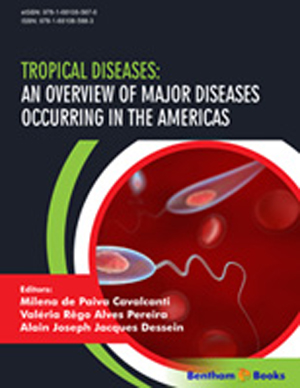Abstract
The most effective measure for the control of hepatitis A virus (HAV) infection is to prevent fecal contamination of the hands, food and water. One preventive measure is the administration of immunoglobulin (IG) within 2 weeks after HAV exposure, which leads to effective protection in 85% of infected individuals. Currently, there are two main types of hepatitis A vaccine: live attenuated virus and inactivated virus vaccines. Live attenuated virus vaccines are weakly immunogenic when administered orally or parenterally, only one injection is administered, and they are licensed in China and Russia. Inactivated vaccines employ purified, formalininactivated, whole viruses that are produced in cell culture, are highly immunogenic and protect against both infection and disease. Inactivated vaccines can be monovalent or combination (HAV-HBV vaccine or HAV-typhoid vaccine). Monovalent vaccination regimens include two doses at an interval of 6 to 18 months between injections, with the first administered at 12 months of age. Nearly 100% of immunocompetent patients present immunity one month after receiving the recommended two doses, and adequate antibody levels could persist for 25 years or longer in adults and for 14 years or longer in children. The CDC recommends HAV vaccination according to the prevalence and incidence of hepatitis A. Some countries have introduced the HAV vaccine in childhood immunization calendars, leading to a decrease in the incidence of HAV. In Brazil, a single dose of HAV vaccine is recommended for children at 12-23 months of age by the health care system immunization program.
Keywords: Applicability, Combination vaccines, Control, Efficacy, Hepatitis A virus, Inactivated vaccines, Live attenuated virus vaccines, Monovalent vaccines, Prevention.






















